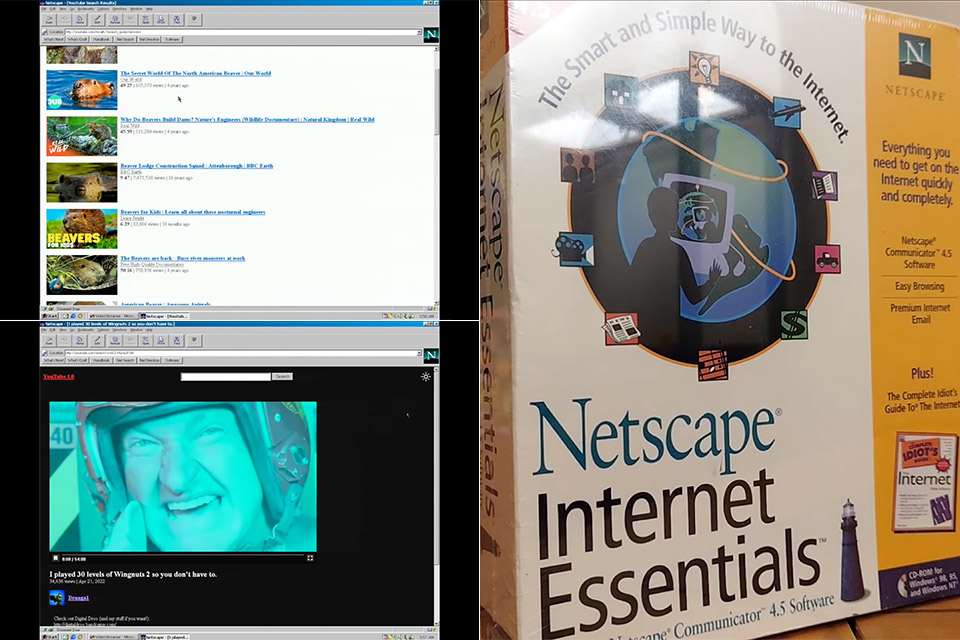
Throaty Mumbo opens a box from the 1990s sealed with packaging tape and pulls out a copy of Netscape Navigator 4.5 that has been shrink wrapped for longer than he has been alive. The plastic wrapping “cracks” like thin ice on a winter pond. Inside, there’s a gleaming CD-ROM, a stack of floppy disks that appear to have been there for decades, and a gigantic 300-page manual that’s thicker than a phone book.
He figures out how to insert the CD into his old Pentium tower running Windows 98, clicks through the installer, and then sits there staring as the installer works its way through. When it eventually finishes and the browser launches, the screen turns grey and fills with toolbars, while the ‘N’ logo begins spinning like a crazy. He types YouTube.com into the address bar, and – unsurprisingly – the page simply times out. Modern web encryption has slammed the door shut and tossed the key away; it has been several decades since the key was lost down a hole.
- 🆕[New Release CPU: N150,which is faster and more powerful than the N100/N95] - ACEMAGIC Vista Mini V1 is powered by 2024 Latest In-tel Processor...
- ▪ [Vista Mini V1 - Meet Your Second PC] - Next-Gen Light Office Mini PC comes pre-installed with the Win11 Pro system, which is intelligent, secure,...
- ▪ [Large Storage Capacity, Easy Expansion] - Vista Mini V1 Computer is equipped with a 16GB DDR4 and a 512GB M.2 2280 SSD, which allows the small PC...
A direct connection is just not going to work. So, Mumbo starts up a second computer, a tiny mini-PC, and connects it to the same network. This is a whole different story; it runs Python and can easily handle some of the most contemporary websites. It has all of the current YouTube videos, strips away the sophisticated JavaScript sections, and serves them out as plain HTTP to the Windows 98 computer, which is still stuck in the dark ages. Netscape only sees simple HTML, a handful of awful looking thumbnails, and a search box, but you can still click on a video title and – after a few seconds – it might just start up.
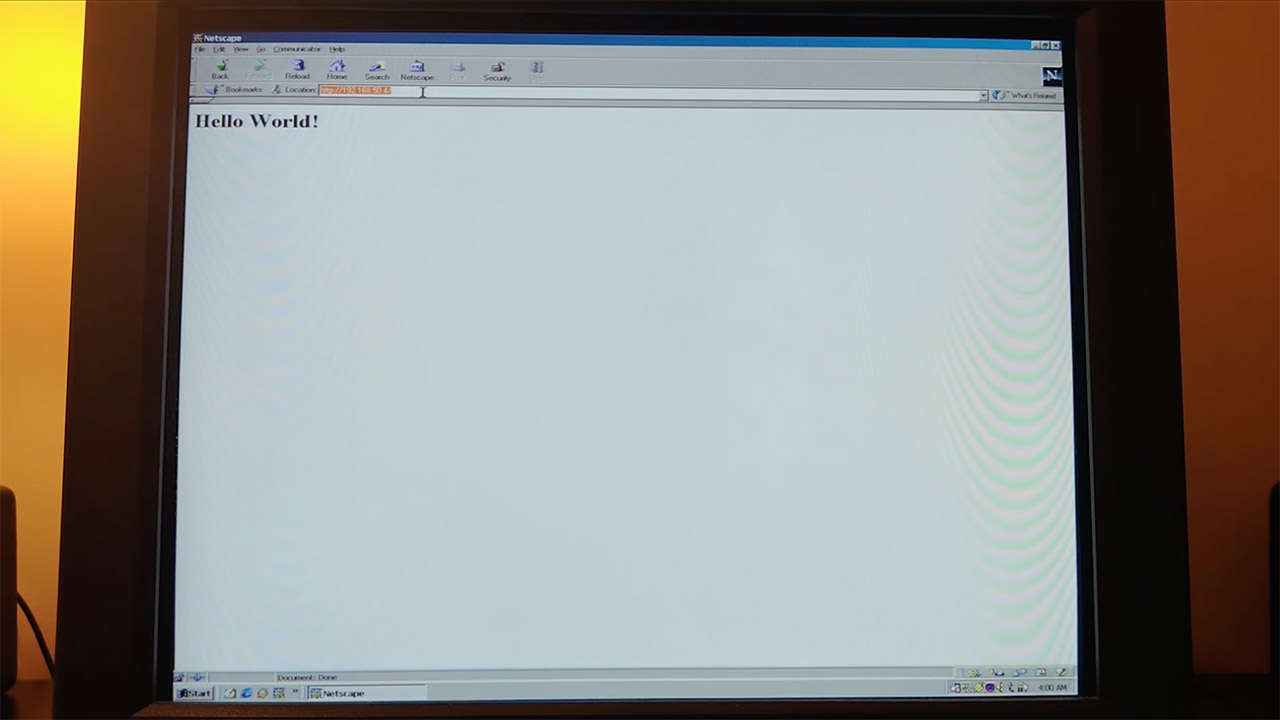
However, this is only after the mini-PC communicates with YouTube and captures the video stream via VP9 using a specialized tool, which converts it on the fly to the more archaic MPEG-1 at 480p and then sends the file back to Netscape. The browser loads it into a plug-in, which was initially designed for Netscape in the 1990s, and the plug-in does its job by drawing the moving images inside the browser window. It’s still just 24 frames per second, but at least the video moves. And if you double-click it, it goes full-screen, just as it did back in the day.
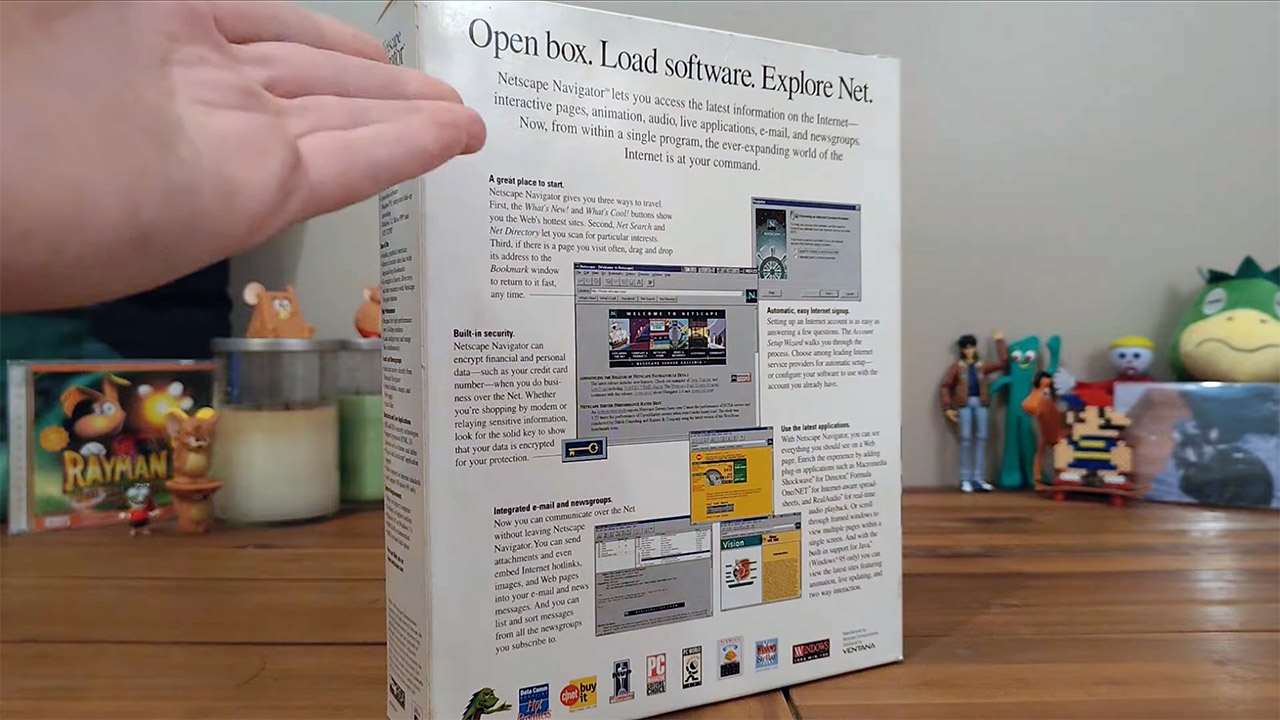
Mumbo goes a step further and launches a Windows 95 virtual computer containing a copy of Netscape 2.0, which was released the same year as Toy Story. The browser has a much simpler interface, with no tabs or bookmarks bar, just a single toolbar and a status line that continues to say ‘Contacting host…’ for what seems like an eternity. The same proxy is still sending it to the old YouTube page. But this time, the proxy is linked to the same process that the mini-PC is using to capture the video stream. And the video just keeps playing – in the same MPEG-1 format, at 480p – and the sound continues to operate. If you click on a thumbnail, the video will load as a low-resolution JPEG, as you might anticipate. It’s like watching cable TV on a black and white television, except at least the picture moves. It’s a far cry from the picture-perfect experience we’ve come to expect from the internet nowadays, but hey, it’s still YouTube.
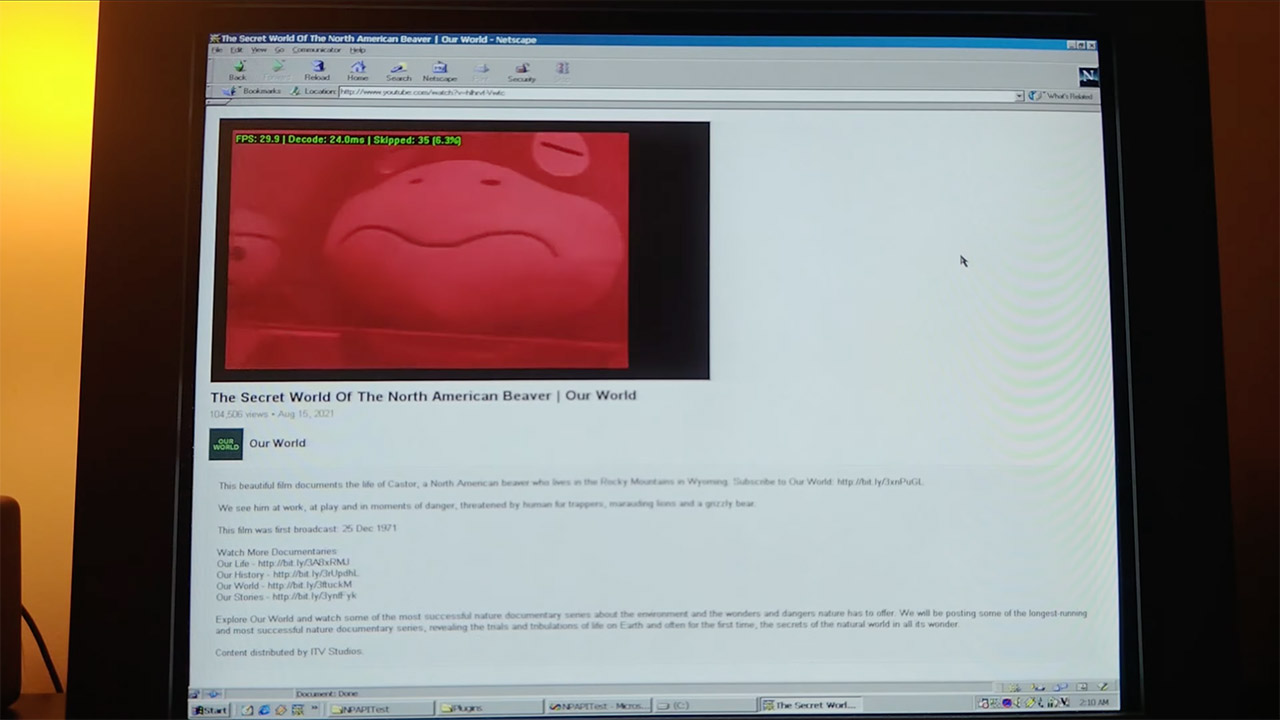
Hardware limitations bring it all to a stop, because a 300 MHz Celeron with only 128 MB of RAM can’t handle decoding VP9 in real time, thus the proxy is stuck doing the hard work. However, music syncs within half a second, colors remain consistent, and the browser window can be resized without crashing. The mini-PC – an old antique that still works – has an astounding four hours of battery life, even when transcoding. What is the grand total for this trick? An antique PC, a $35 single-board computer, and three sleepless nights of agonizing over some shady code
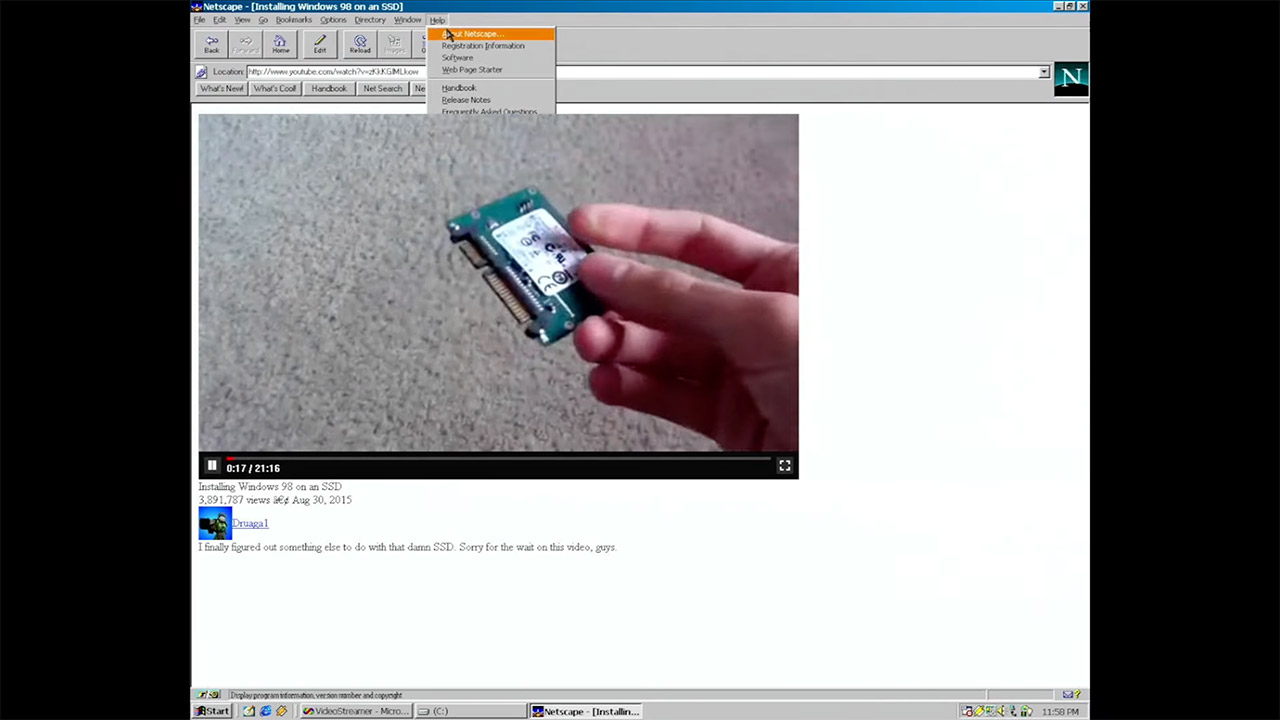
Now, open the proxy script on any half-decent PC, then point Netscape to the local IP address, and the antiquated browser will suddenly have access to any public YouTube video available. Upload dates, view counts, and comments are all displayed in plain text, with no advertisements visible. And we’re talking about a total page weight of less than 200 KB here, which is quite small. Even on a 100 Mbps LAN, it takes only 4 seconds to load. But just like that, the proxy is shut down again and the door slams shut – Netscape has returned to its natural period of text that blinks on and off and the incessant playing of unpleasant MIDI files.
[Source}










